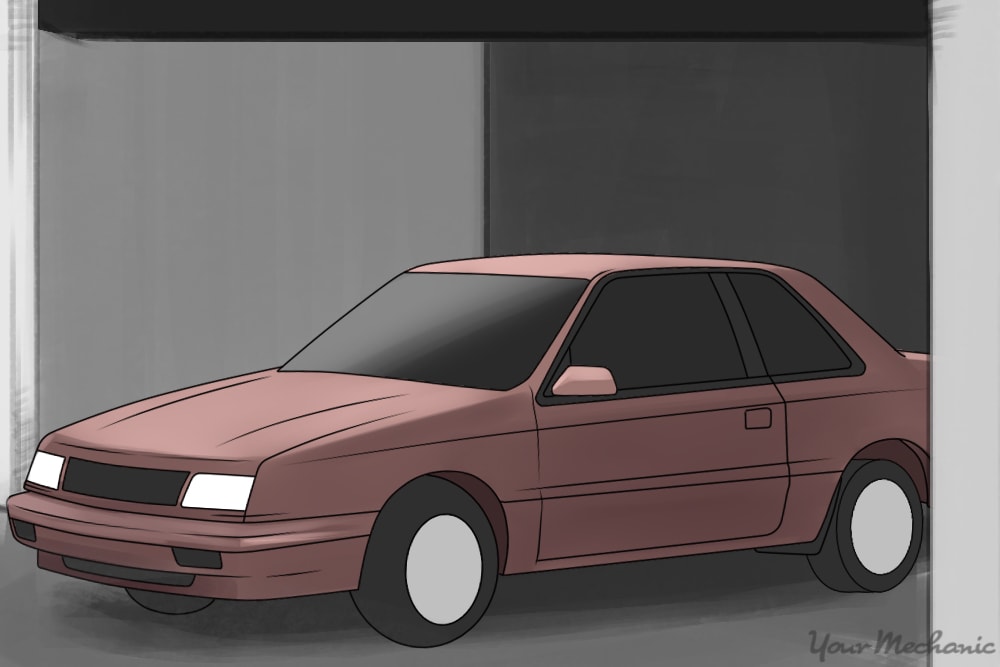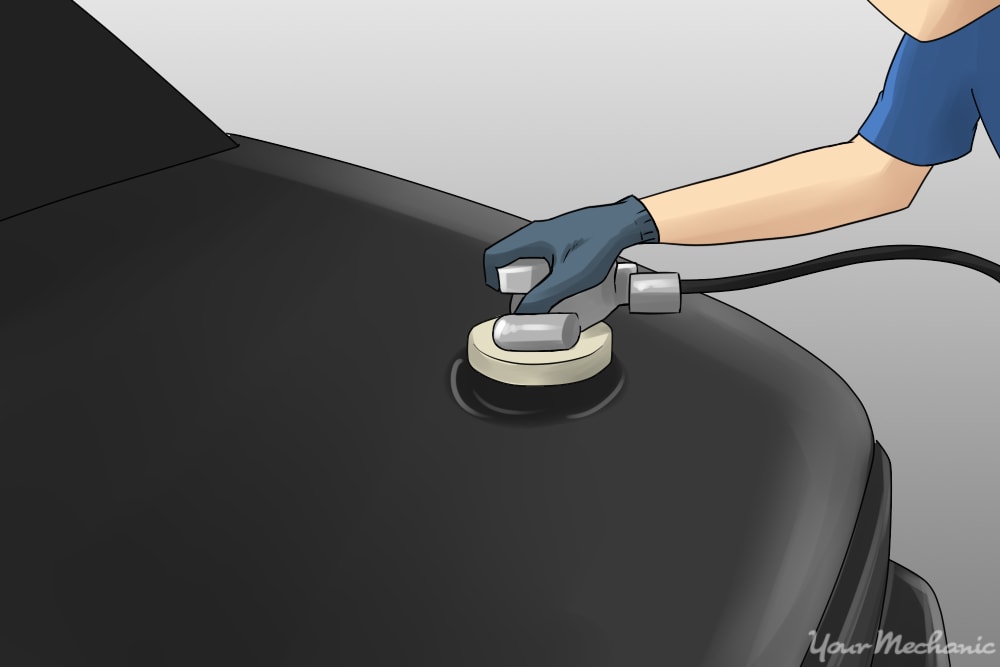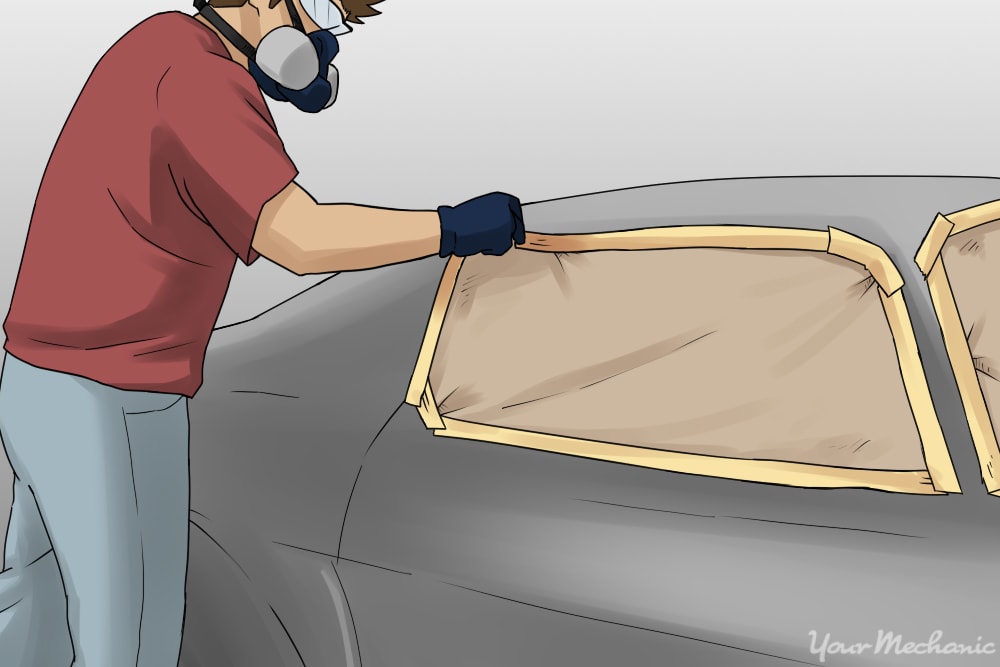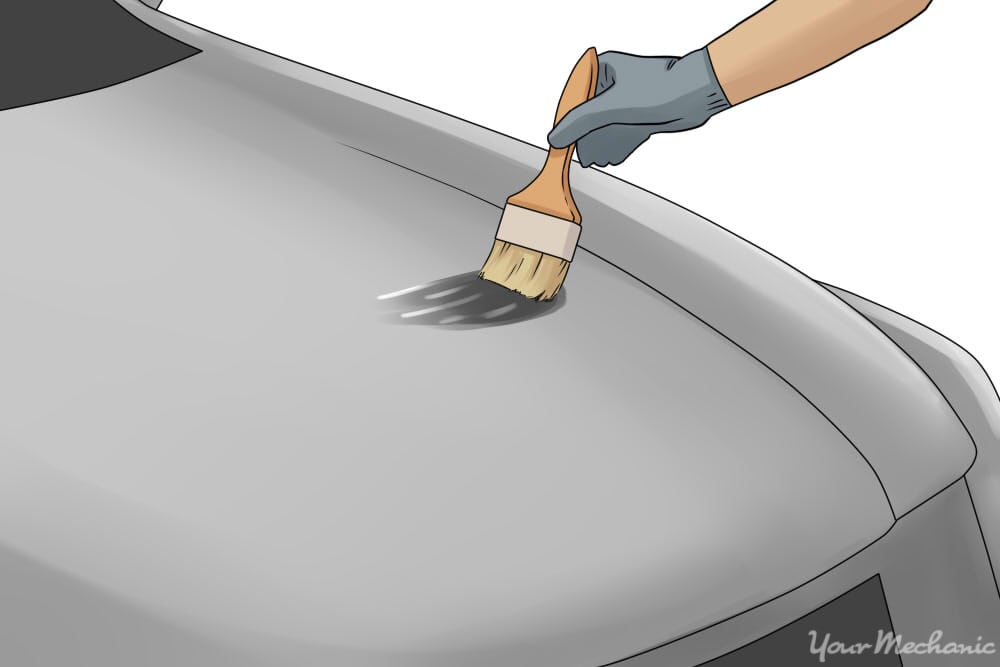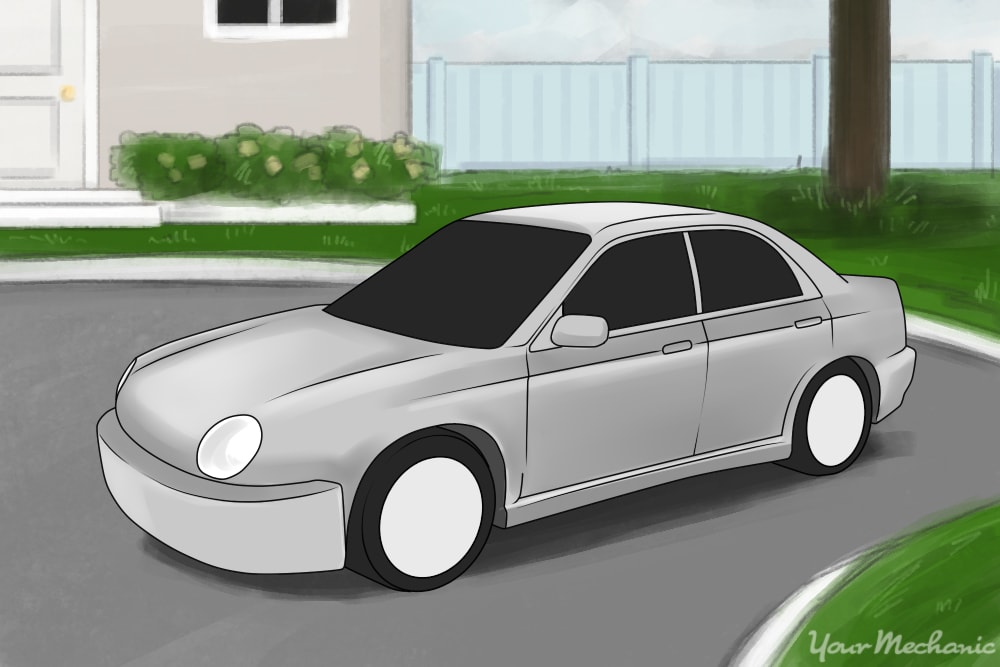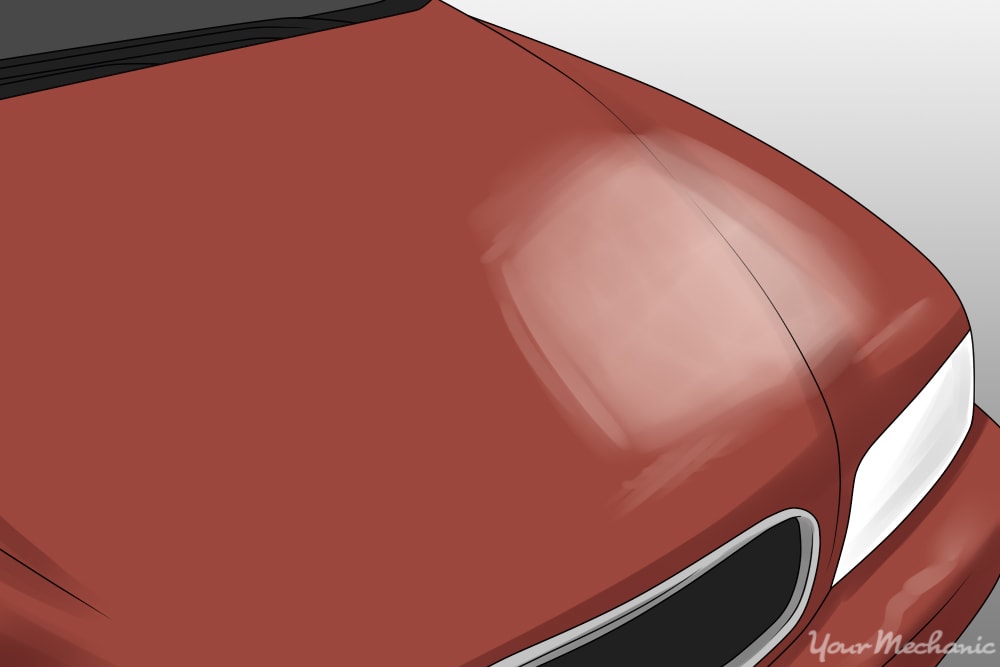

Removing car paint is necessary when repainting or restoring an older car. If you’re asking a professional to repaint or restore your car, then you won’t need to worry about doing it yourself. However, if you’re working on your car yourself, knowing how to safely and efficiently remove the paint from it will come in handy.
There are several different methods for removing paint from a car. Shops tend to use machines, such as a high-powered spray that will chip the paint away down to the metal of the car. However, removing paint by yourself at home is usually done manually with sandpaper or with a chemical stripper. Removing manually will, by far, require the most work, and will probably take several days to complete.
Using a chemical method, such as using a chemical paint stripper, is much faster, but must be done carefully so that only the appropriate areas or parts of the car are affected by the stripper.
- Warning: It can be dangerous to use paint thinner to take paint off fiberglass is because fiberglass is porous, and the risk of having a solvent soak into the pores to cause discoloration, corrosion, and/or structural damage is high. But there are fiberglass safe paint strippers out there, which, if used properly and with care, can shorten the task at hand.
Depending on the method you choose, with some diligence, craftsmanship, and safety equipment, you can successfully strip the paint off the fiberglass body of your vehicle without causing any damage to the fiberglass itself. Let’s start by using a sander.
Method 1 of 2: Use a dual action sander
Materials Needed
- Acetone
- Cleaning rags
- Drop cloths
- Dual action sander (D/A sanders usually require an air compressor)
- Dust mask or painter’s mask
- Polishing cloth
- Rubber gloves (optional)
- Safety goggles
- Sandpaper of different grits (100 grit and 1,000 grit is best)
- Water
Step 1: Prepare your work area. Prepare your work area by spreading drop cloths to cover the entire workspace.
Since sanding creates lots of fine dust, it is important to remove or cover anything from the workspace you don’t want to get dirty or damaged.
Make sure the vehicle’s windows are all the way up and the doors are tightly shut so you don’t damage the interior. If you’re only working on a certain part of the car, such as a spoiler, you might want to remove it from the car so you don’t damage any parts that are connected to it.
Additionally, if you’re sanding the entire vehicle, make sure you take precautions to protect or remove certain parts of the vehicle that you don’t want to sand. You will want to wear clothes you do not care about and are accustomed to wearing for messy tasks.
Step 2: Apply your protective gear. You don’t want to breathe in fine dust and risk irritating or damaging your respiratory system, nor do want to get dust in your eyes.
It is imperative to have safety goggles and a dust mask or painter’s mask.
Step 3: Sand the top coat of paint. Begin the first round of sanding with a medium grit sandpaper (100 grit is probably the best option here).
Make sure you begin lightly and slowly until you get the feel for the movement.
Once you get into a groove, make sure you don’t sand to hard or too fast in any area; try to keep an even pressure.
Make sure you only sand off the top coat of the paint, and that the job is thorough and completely even.
- Warning: Try not to dig any curved surfaces in the fiberglass with the sander. The vehicle’s body will be scarred or misshapen, and further repair (costing you time and money) will be necessary.
Step 4: Polish the laminate. Once you’ve finished the first round of sanding, you’ll want to prepare for the second round.
Attach super-fine grit sandpaper, of somewhere around 1,000 grit, to your dual action sander. The super-fine grit sandpaper will smooth and polish the laminate on the fiberglass.
Again, you will need to adjust to the new feel of the sander with new sandpaper, so start out lightly and slowly until you get in the groove again.
Continue sanding until everything is smooth and evenly sanded.
Step 5: Clean area with acetone. Clean the area(s) of the fiberglass you worked on with acetone and a soft cloth.
Apply the acetone to the cloth and wipe until the area is clean and no dust is left behind.
Be sure your workspace is well ventilated and that you keep your protective gear on so you don’t breathe solvent fumes or get them in your eyes.
You might want to wear rubber gloves for this task to protect your skin from irritation.
- Warning: Do not drench the cloth(s) in acetone to prevent the acetone from soaking into the pores of the fiberglass, which can cause discoloration, corrosion, and/or structural damage.
Step 6: Wash and dry the sanded area. After you’re done cleaning the fiberglass with acetone, get a bucket of water and a rag and thoroughly wash and dry the worked surfaces again. The fiberglass is now ready to be repainted or repaired.
Method 2 of 2: Use fiberglass-safe paint stripper
This method is for fiberglass safe paint remover only. Any other paint thinner, stripper, or solvent can provide irreversible damage to your car. If you choose to use a paint remover that is not fiberglass safe, do so at your own risk. All solvents of this nature are highly flammable, so be sure to keep them away from excessive heat or flames at all times.
Materials Needed
- Cleaning rags
- Drop cloths
- Dust mask or painter’s mask
- Fiberglass safe paint stripper
- Paintbrush
- Paint stripper
- Rubber gloves
- Safety goggles
Step 1: Decide which part of the car you’re going to strip. If you’re removing the paint from the entire car, you will need about two or three gallons of paint stripper.
If you’re only removing paint from a small section of the car, you will probably only need one gallon.
-
Tip: Stripper comes in either metal containers or aerosol spray cans. If you need to more carefully control where the paint stripper is applied to the car, you may want to purchase it in a can so that you can apply it with a brush rather than spray it on the vehicle.
Step 2: Prepare your work area. Prepare your work area by spreading drop cloths to cover the entire workspace.
As a precaution, it is important to remove or cover anything from the workspace you don’t want to get damaged.
Make sure the vehicle’s windows are all the way up and the doors are tightly shut so you don’t damage the interior. If you’re only working on a certain part of the car, such as a spoiler, you might want to remove it from the car so you don’t damage any parts that are connected to it.
Additionally, if you’re working the entire vehicle, make sure you take precautions to protect or remove certain parts of the vehicle that you don’t want to get paint remover on.
You will want to wear clothes you do not care about and are accustomed to wearing for messy tasks.
Step 3: If it’s possible, remove the part of the car that you’re going to strip. Alternatively, remove the pieces of the car that you do not want to strip so that they won’t be touched by the chemicals.
If this is not possible, use tape to cover up the parts of the car that you do not want to be affected by the stripper.
-
Tip: Be sure to cover any chrome and the bumper of your car with tape to protect it, as well as any other area that can be adversely harmed by the chemical stripper.
Step 4: Tape the cover in place. Cover the windows and mirrors with a plastic tarp or sheet and tape it in place.
Use a strong tape such as duct tape to ensure that the plastic won’t come loose.
You can also use painter’s tape if you want to just cover the edges of these areas.
-
Warning: Be sure to cover the seams in the car’s body because the chemical stripper can gather there and then leak out later and damage the new paint job on your vehicle.
Step 5: Apply all of your protective gear.
- Warning: It is imperative to have protective goggles, rubber gloves, and a painter’s mask. Solvents this strong can cause harmful damage to your skin lungs and eyes, especially by direct contact. Additionally, it is extremely important to work in a well-ventilated area, so keep the windows or the garage door open.
Step 6: Use paintbrush to apply paint remover. Once you’ve fully prepared the workspace and you’ve applied your protective gear, use a paintbrush to apply the fiberglass safe paint remover.
If you’re using a brush, dip it in the stripper and apply it evenly across the body of the car. Apply the paint stripper from top to bottom.
- Tip: After the paint stripper is applied, cover the car with a large plastic sheet. This will keep the fumes trapped and increase the effectiveness of the stripper. Follow the directions on the paint stripper container for how long you should leave it on the car before removing it.
Tip: For best results, follow the directions on the container for application, waiting times (you will have to wait for the chemicals to break down the paint before you can wipe it off), and proper removal.
Warning: In any case, do not try to work too much space at a time to avoid any possible damage that can occur from leaving on the paint remover for too long.
Step 7: Wipe and wash off the paint remover. Once it is easy to remove the paint, wipe it away with a rag and wash the area where the paint was removed with water to neutralize the paint remover, and dry.
Repeat this process until all the paint you want to remove is gone. Once a thorough job is complete, and the fiberglass has been cleaned and dried, it is ready to be repaired or repainted.
You can also rinse the car with cold water to remove the paint stripper and any remaining pieces of paint.
Tip: If you’ve accidentally covered part of the car with tape and those small sections of paint weren’t removed, you can scrape those off with the paint scraper and sandpaper.
Note: You can apply the paint stripper several times if sections of paint aren’t coming off very easily.
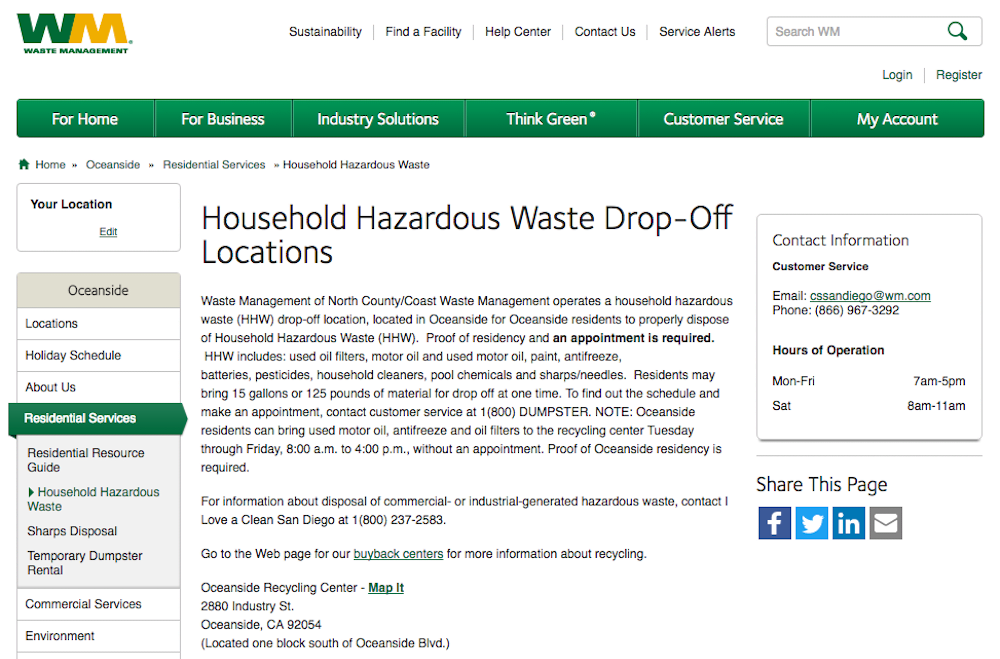
Step 8: Safely dispose of hazardous waste. Make sure to safely dispose of the gloves, sponges, plastic, tape, paint stripper and any other materials that you’ve used.
Paint stripper is toxic and should be disposed by a specialist disposal company. Search for local hazardous waste drop-off locations near you to find out where to take your leftover stripper and supplies.


